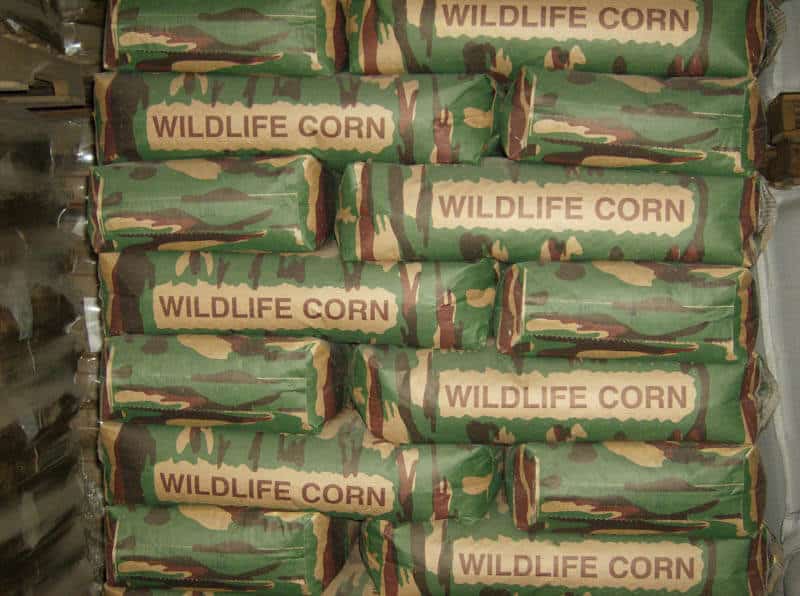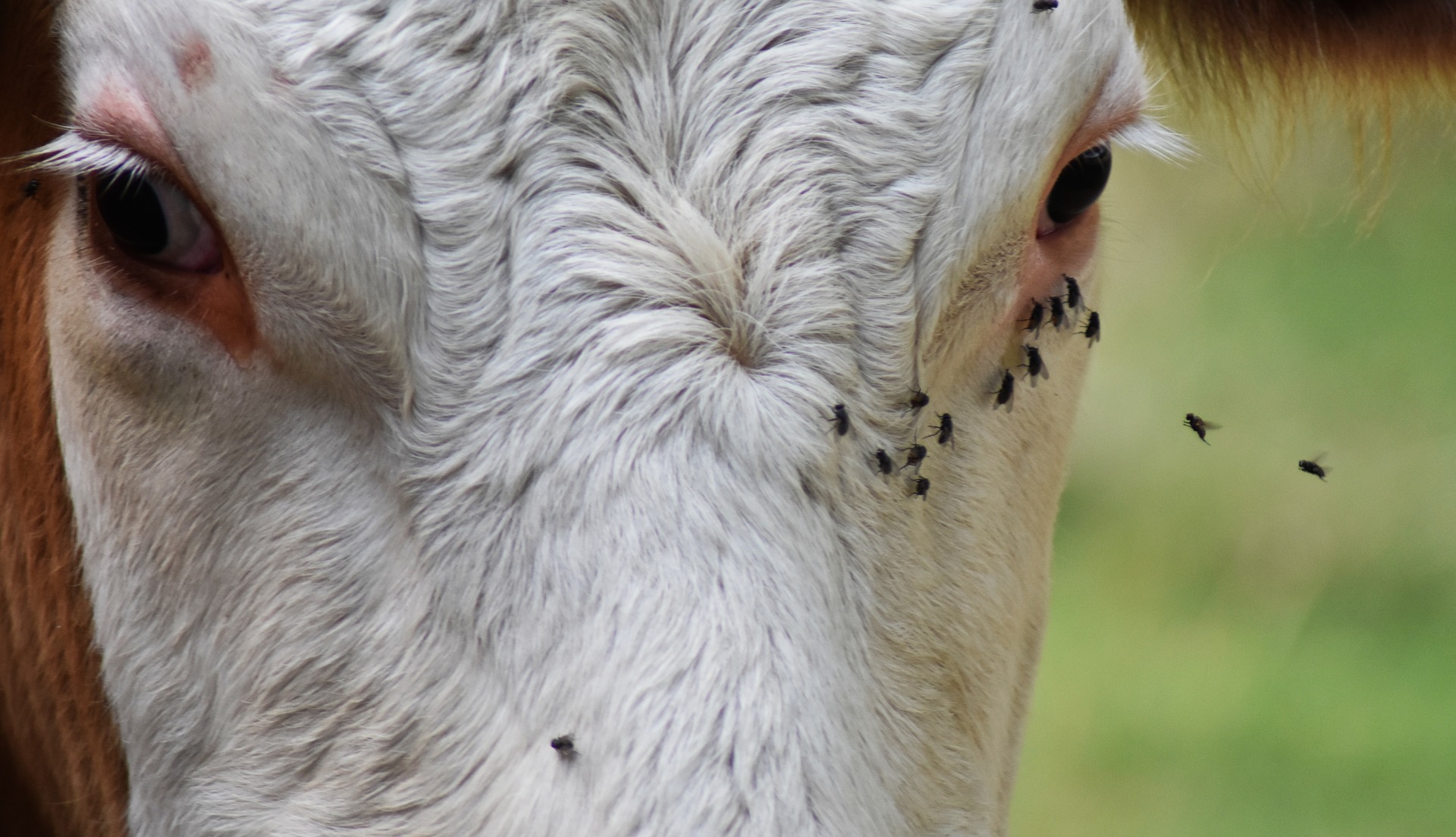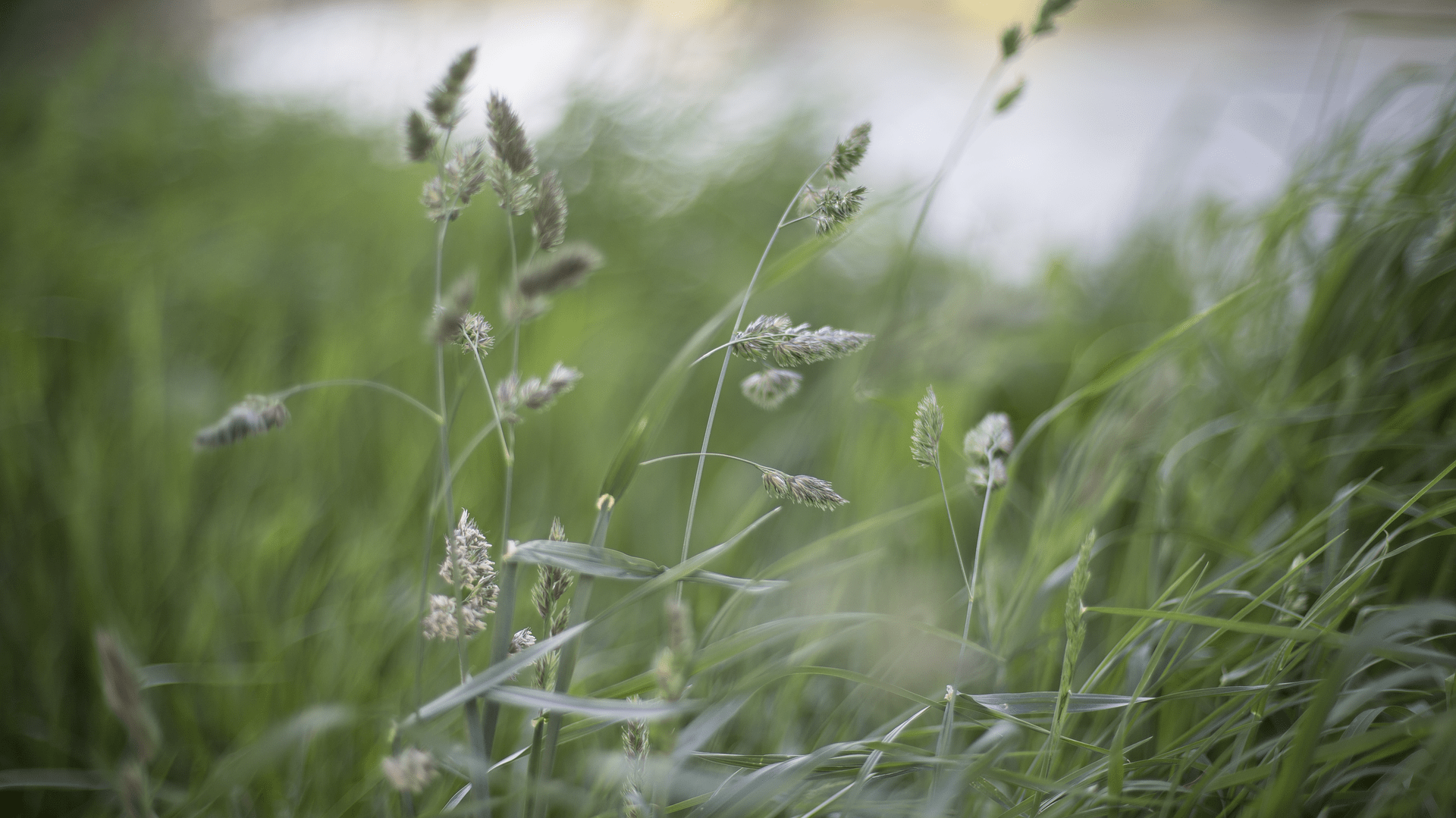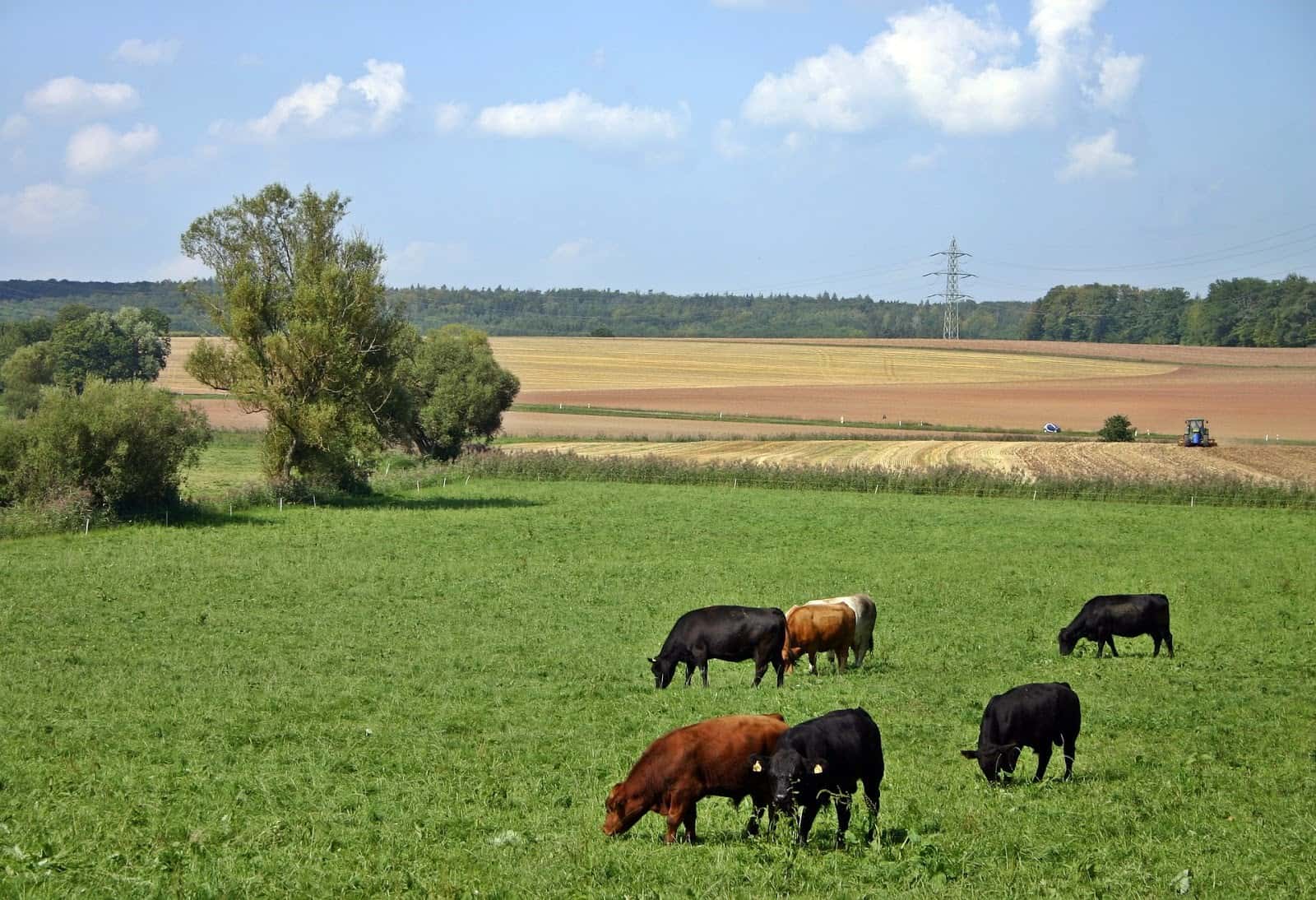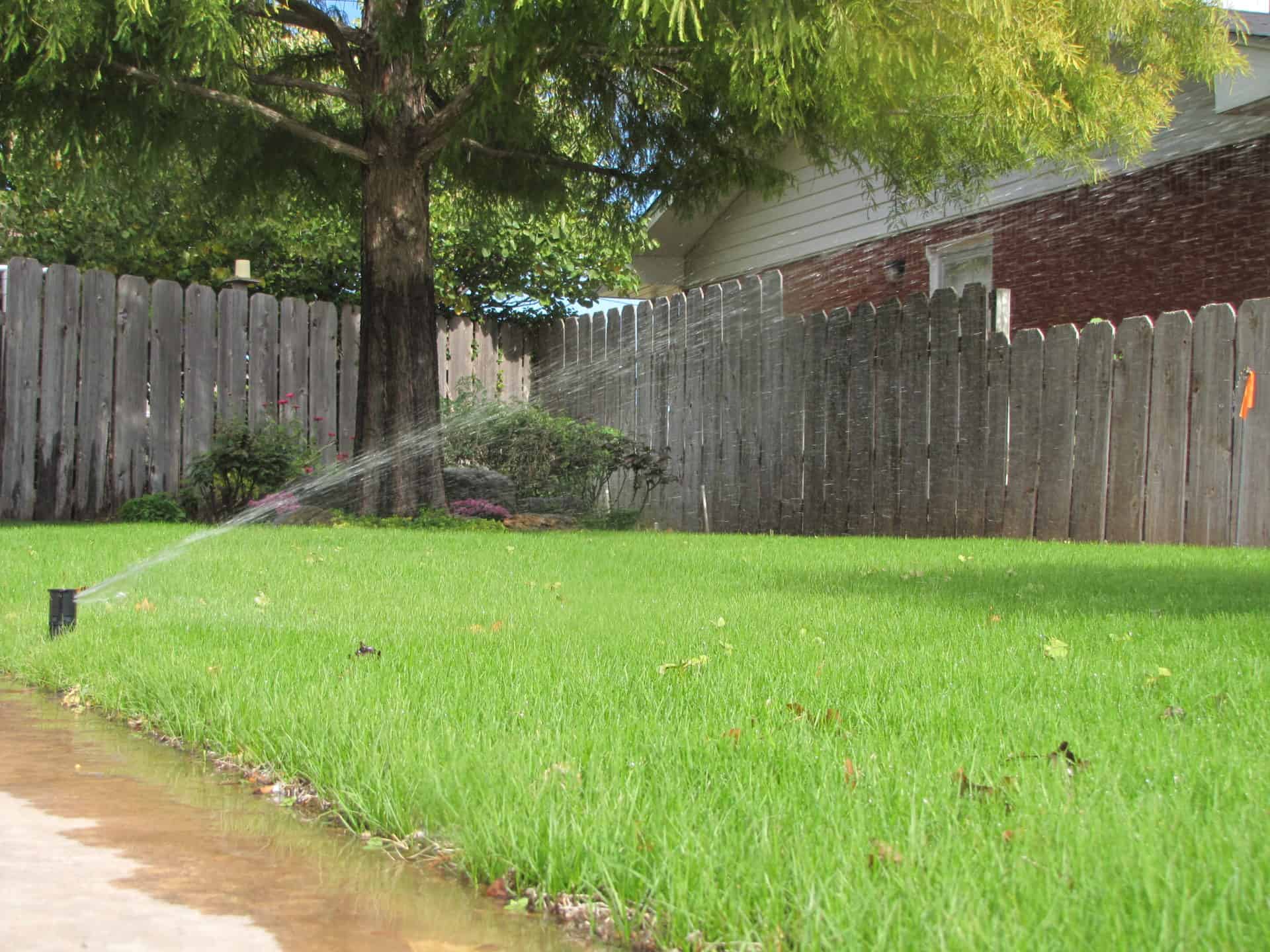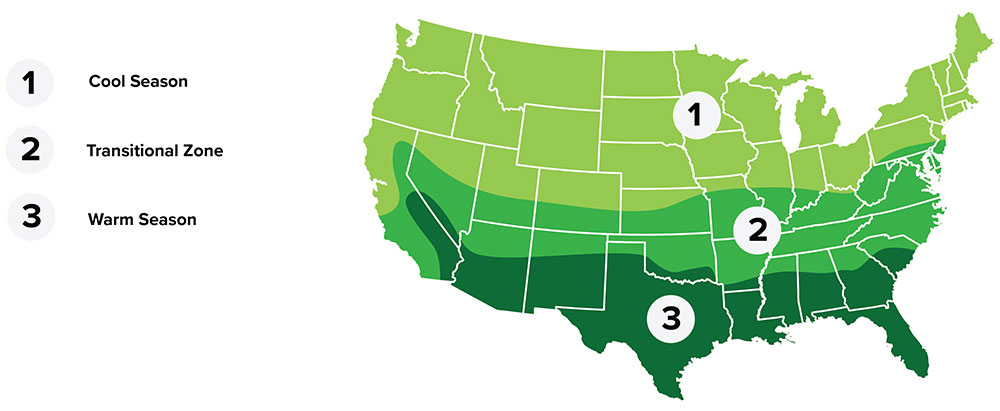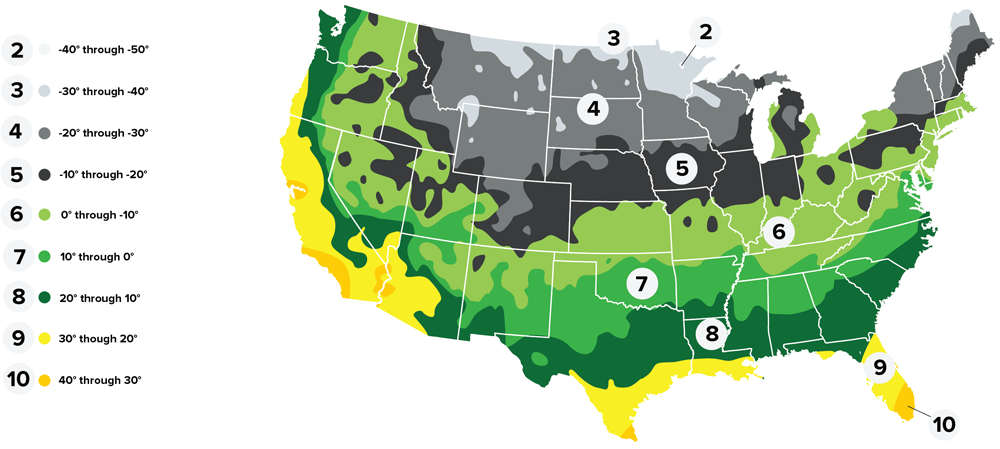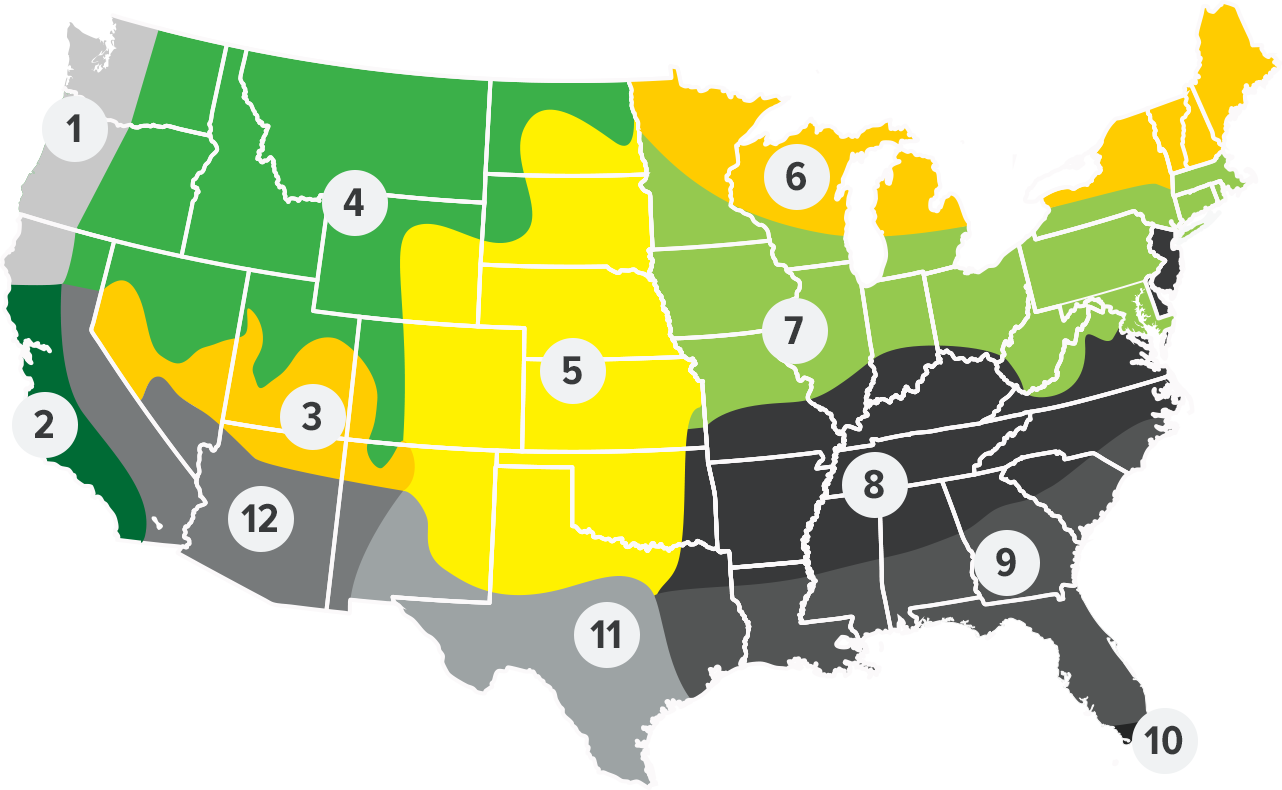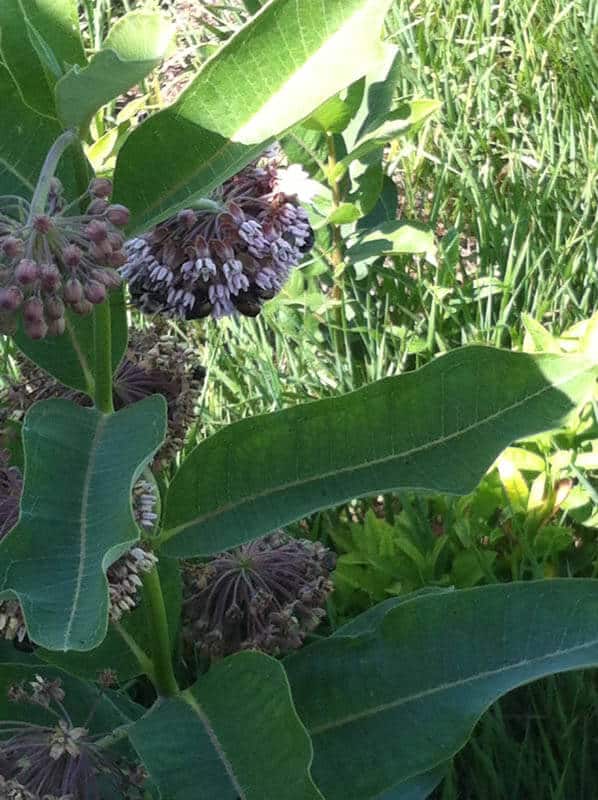
COMMON MILKWEED SEED
Summary
Common Milkweed, a resilient perennial herb, emerges from a deep rhizome, showcasing its tenacity and longevity in various habitats. Characterized by clusters of purple or pink flowers, this plant serves as a favorite of Monarch butterflies, drawing these majestic pollinators to your garden year after year.
As a native species, Common Milkweed plays a vital role in supporting biodiversity and ecological balance. Its extensive root system provides stability to soil and helps prevent erosion, while its nectar-rich blooms offer sustenance to a wide array of pollinators beyond Monarchs, including bees and butterflies.
By incorporating Common Milkweed into your garden, you not only contribute to the conservation of native flora but also create a vibrant and dynamic habitat that fosters biodiversity. Its enduring appeal and ecological significance make it a valuable addition to any landscape, whether in formal gardens, wildflower meadows, or naturalized areas.
As a steward of the environment, planting Common Milkweed is a meaningful way to support pollinator populations and promote the health of ecosystems. With its captivating blooms and ecological benefits, this perennial herb invites both admiration and appreciation, enriching the natural world one garden at a time.
Be sure to check out our wide selection of native wildflowers!
Learn more about wildflowers in our “Growing with Us” podcast!
Plant Characteristics
Taxonomy
Zone
- Regional Growing Zone
- 1 - Northwest Coastal, 2 - California Coastal, 3 - Southern Mountain, 4 - Mountain, 5 - Midwest, 6 - Northeast Lakes, 7 - Great Lakes South, 8 - Appalacia, 9 - Southeast, 11 - South Texas, 12 - Southwest
- USDA Plant Hardiness Zones
- 3, 4, 5, 6, 7, 8, 9
- Temperature Zone
- Warm, Cool, Transitional
Plant Characteristics
- Height
- 24" - 60"
- Bloom Period
- Early-Summer - Summer
- Bloom Color
- Pink
- Leaf Color
- Green
- Growing Cycle
- Perennial
- Growth Habit
- Rhizomatous
- Sun Requirement
- Full Sun
Plant Information
- Planting Season
- Fall
- Plant Depth
- 0.25" - 0.5"
- Minimum Soil Temp for Germination
- 65° F
- Establishment
- Hard
Seed Information
- Seeds Per Pound
- 62,000
- Kingdom
- Plantae
- Subkingdom
- Tracheobionta
- Super Division
- Spermatophyta
- Division
- Magnoliophyta
- Class
- Magnoliopsida
- Subclass
- Asteridae
- Order
- Gentianales
- Family
- Asclepiadaceae
- Genus
- Asclepias
- Species
- Asclepias syriaca
Coverage Area & Available Sizes
Applications
Attractive in mass plantings as well as in species mixes
Larval host for Monarchs, and nectar source for pollinators









